DeFi loan protocols provide crypto loans on a decentralized platform without intermediaries or going through KYC.
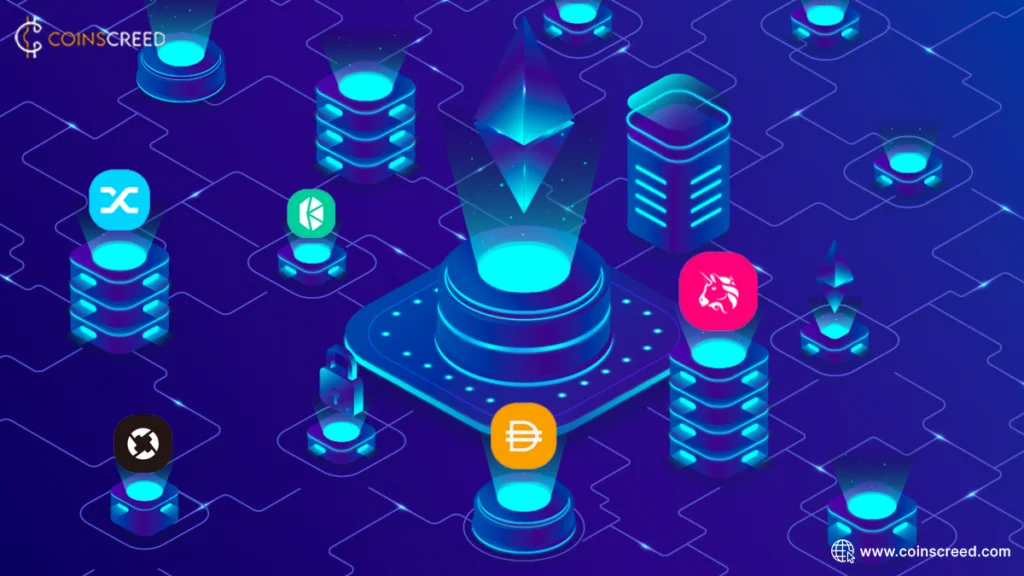
Lending is one of the key components of DeFi, and DeFi loan protocols provide a far superior choice for passive income generation than the traditional financial sector.
What is DeFi?
The term “decentralized finance,” sometimes known as “DeFi,” refers to the movement away from traditional, centralized financial systems and toward a peer-to-peer financing system. It serves as a general word for a number of blockchain-related initiatives and programs that have the potential to overhaul the financial sector.
Users of the DeFi ecosystem are able to take advantage of financial transactions without the need for middlemen or other third parties, unlike banks in the traditional financial sector.
Smart contracts are the foundation of the ecosystem for decentralized finance. Smart contracts are self-executing and do not require the involvement of a third party.
Decentralized finance, or DeFi, was initially presented by the Ethereum network as a result of the network’s smart contract capabilities.
What are DeFi loans protocols?
DeFi Loan Protocols are a collection of peer-to-peer protocols created on a decentralized network for simple trading, borrowing, and lending of financial instruments.
DeFi Loans protocols are platforms that allow investors to gain access to loans without the use of middlemen. They not only have a procedure in place for loans without the involvement of a third party, but they also have the option to use cryptocurrency tokens as collateral.
Additionally, the platform gives long-term investors the opportunity to earn lucrative DeFi rates. Both lenders and borrowers profit from DeFi lending protocols.
How do DeFi loans work
DeFi lending is very comparable to the traditional lending service provided by banks, with the exception that it is provided by P2P decentralized applications (DApps).
In the Defi world, anyone can start lending money. A lender may lend out their assets to third parties while earning interest on the loan. Lending pools are a way to carry out this process. With the use of smart contracts, users can pool their resources and lend them out to borrowers.
DeFi Loans do not involve the use of physical assets as collateral. Any coin on the site may be used as collateral for the loan. The borrower must provide something of greater value than the loan amount in order to obtain the loan. This quantity of money is deposited using smart contracts and must at least be of equal value to the loan amount. The collateral to secure a DeFi loan is typically between 150% and 200% of the loan’s value. There are many different types of collateral; any cryptocurrency token can be used to swap borrowed tokens. To borrow one bitcoin, for instance, a user would need to deposit the cost of one bitcoin into DAI.
The DeFi loan application process is straightforward. Consumers don’t need to worry about middlemen when locking their cryptocurrency assets on the DeFi loan platform. P2P lending enables borrowers to choose loans directly from the decentralized network.
How to Select a DeFi Loan Protocol
When selecting a DeFi Loan protocol, there is no one best option. Popular DeFi Loan protocols all operate in much the same ways, thus the primary considerations are risk, return, and personal demands.
Making the proper choice may be influenced by the current APR of each protocol, market pricing, the length of time that funds are locked up, and the minimum deposit amount needed. Keeping this in mind, the following are essential factors to consider.
- Annual Percentage Rate (APR)
- Transaction costs
- Security
- Supported assets
Annual Percentage Rate (APR)
APR determines how much money can be anticipated in a year. The APR in DeFi protocols is quite volatile, which is an issue. The pool’s utilization, or the ratio of borrowed to lent funds, determines the average annual percentage rate (APR). When a significant portion of the pool is borrowed, the interest rate increases, encouraging lenders to inject liquidity into the pool and discouraging borrowers from taking out high-interest loans.
Monitoring the APR over time is a marginally superior strategy. Although historical information cannot be used to forecast the future, it can help with expectations.
Transaction costs
Ethereum transactions include a fee that goes to miners to maintain the network’s security. Gas Amount, Gas Price, and Ether Price are the three key variables that determine the cost of each transaction in USD.
Different DeFi Loan protocols have different transaction fees, some of which are greater. Before choosing your favorite Defi Loan Protocol, you might take into account the transaction price for all assets for both lending and withdrawal.
Security
When selecting a protocol, security is an important consideration. All DeFi protocols are not automatically secure just because they run on a blockchain. The smart contracts that underlie these protocols are ultimately simply software, and any piece of software is susceptible to errors that result in a loss of funds and the termination of the protocol as a whole.
It’s crucial to determine whether a lending platform is reputable and trustworthy, just like with any other financial business. Multiple audits from respected companies have been performed on some protocols. An audit doesn’t guarantee security because flawed code is still possible, but its absence should raise questions about how mature the protocol is.
Supported assets
Each lending protocol provides the ability to borrow assets that are supported, with borrowers paying interest on their loans.
Before deciding on a DeFi loan platform, you should think about the assets that it supports. Different platforms support different sets of tokens. Platforms for DeFi loans like AAVE and Compound support a considerably wider selection of tokens. For instance, Compound is now the only place where the UNI token can be lent. In a similar vein, AAVE is the only choice for KNC.
Top 5 Defi loan protocols
Here is the list of top DeFi lending platforms:
- Compound
- Aave
- MakerDAO
- Uniswap
- Solend
Compound
Compound is an Ethereum-based DeFi loan protocol. It is a protocol for open financial applications that uses autonomous interest DeFi lending rates. By depositing the cryptocurrency through borrowing and interest, users can earn a passive income immediately.
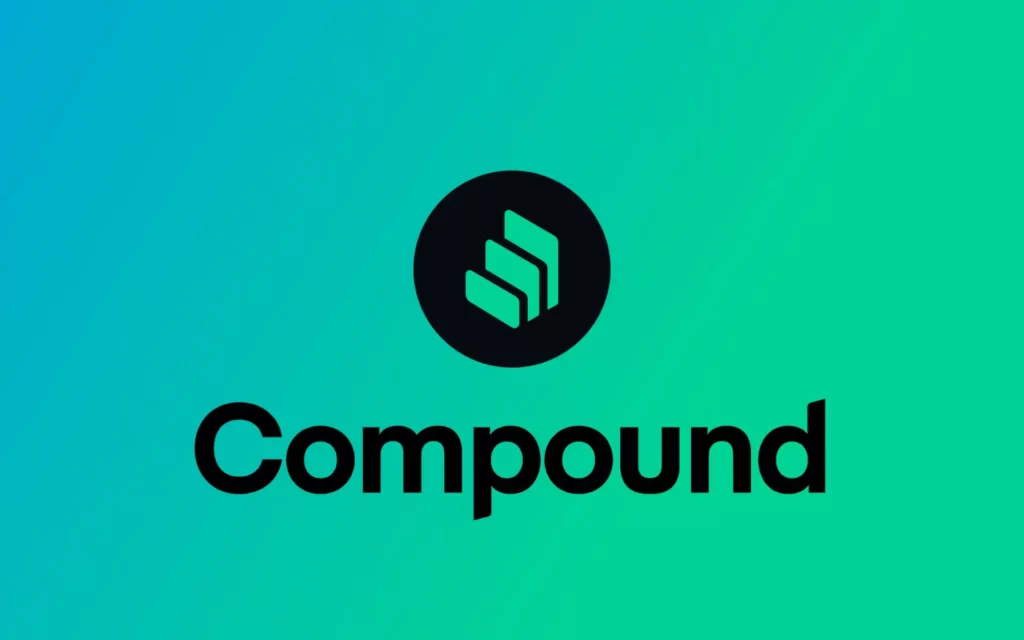
You must register as a lender in order to receive a DeFi yield on Compound. The money goes into the liquidity pools, where it is used by borrowers who then reimburse the protocol with interest. The interest is subsequently distributed by compound to the lenders in accordance with their variable annual interest rate. The same token that was given to the protocol by the lenders will be used to pay them their DeFi yield.
On Compound, the top 3 markets are USDC, ETH, and DAI. Each token has a different Annual Percentage Yield (APY) on Compound, but some of the highest DeFi rates are 3% for USDT and 2.68% for DAI.
Aave
Aave is another well-known DeFi loan platform that debuted in 2020. It is a non-custodial open-source liquidity protocol that builds digital asset pools for user-facilitated lending. Users of Aave are able to quickly deposit cryptocurrency into the liquidity pool in exchange for an equal number of ATokens.
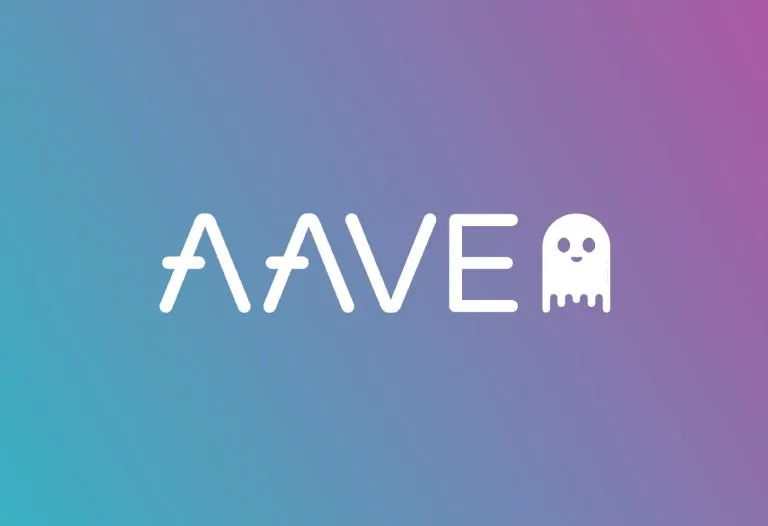
With the aid of an inbuilt algorithm, interest rates are modified in accordance with the supply and demand dynamics in a specific liquidity pool. As there are more holders of AToken, the interest DeFi lending rates rise.
AAVE, the protocol’s native token, provides reduced costs when used as collateral or for trading on the platform. It is governed by the community, and holders of AAVE tokens have a say in how the system will evolve. You must pay the blockchain costs while supplying and withdrawing your assets as a lender on Aave.
For each supported asset, Aave offers a separate DeFi yield and interest rate, which may vary for each network.
Some digital assets have the potential to produce a substantially larger DeFi yield than the typical loan DeFi rates, which range between 1% and 3%.
MakerDAO
MakerDAO is a decentralized lending platform that solely lends DAI tokens. Through Maker, you may quickly borrow DAI while pledging BAT or ETH as security. A user may borrow DAI up to 66% of the value of the collateral.
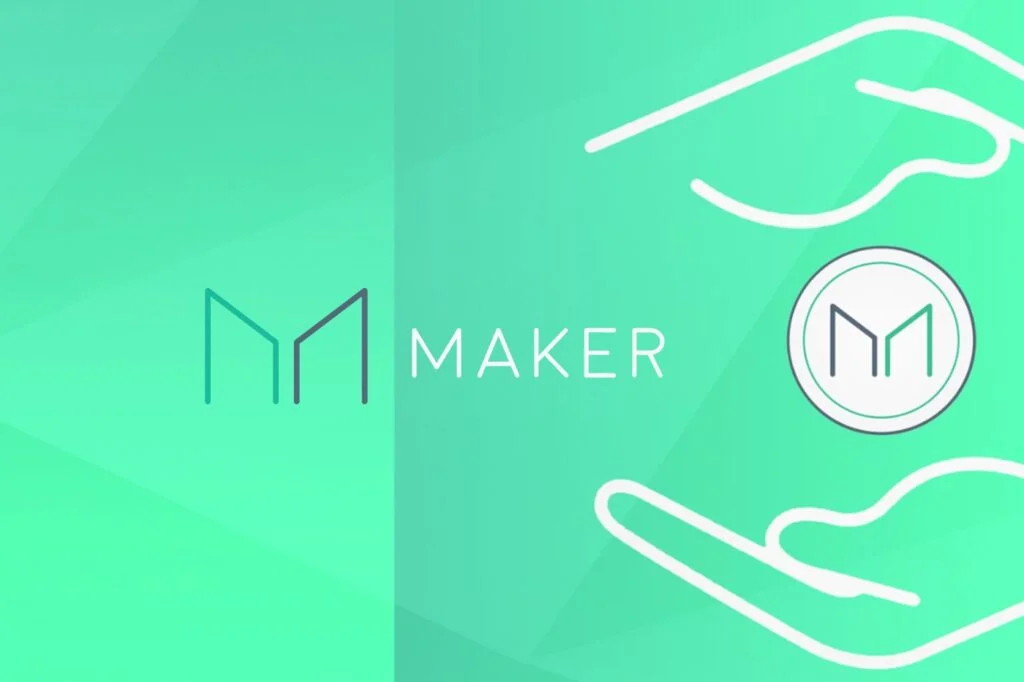
A group of smart contracts included in the Maker protocol is intended to lessen the volatility of DAI. It reduces counterparty risk, which benefits both lenders and borrowers.
You can use the DAI wallet, which took the place of the DAI Saving Rate (DSR) option that was previously available on the Oasis app, to generate a DeFi yield for DAI. A customizable DeFi interest rate for DAI is provided by MakerDAO, and it has previously fluctuated from 0% to 8.75%.
DAI owners can start generating DeFi income at any moment by making a deposit into the DAI wallet. The Stability Fees collected from the borrowers are what fund the DeFi rate displayed by the protocol.
Although there is no charge to access the DAI wallet, users must pay gas fees for the Ethereum network when making deposits and withdrawals.
Uniswap
Uniswap is a decentralized cryptocurrency exchange built on the Ethereum network. One of the main benefits of this platform is that users can exchange smart contracts to completely control their money.
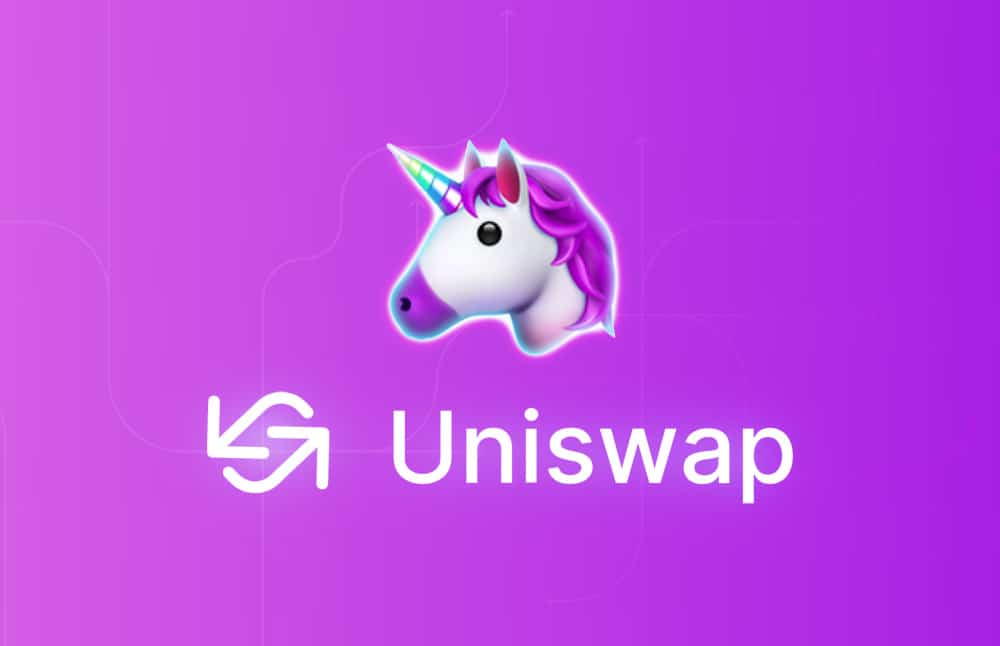
The exchange smart contract on this DEX platform gives consumers complete control over their money, and the factory smart contract makes it simple to list new coins on the exchange.
By offering liquidity for token exchanges, users can earn interest or use Uniswap to swap ERC-20 tokens. It is simple for users to construct new liquidity pools, and the only prerequisite is to offer a token pair for markets. The exchange rate is determined by market makers.
On Uniswap, the top 3 pools are USDC/ETH, WBTC/ETH, and ETH/USD.
Solend
Solend is a decentralized protocol built on Solana for borrowing and lending digital assets. By lending their assets, users were able to earn income. The primary goal of Solend is to make borrowing and lending quicker and cheaper.
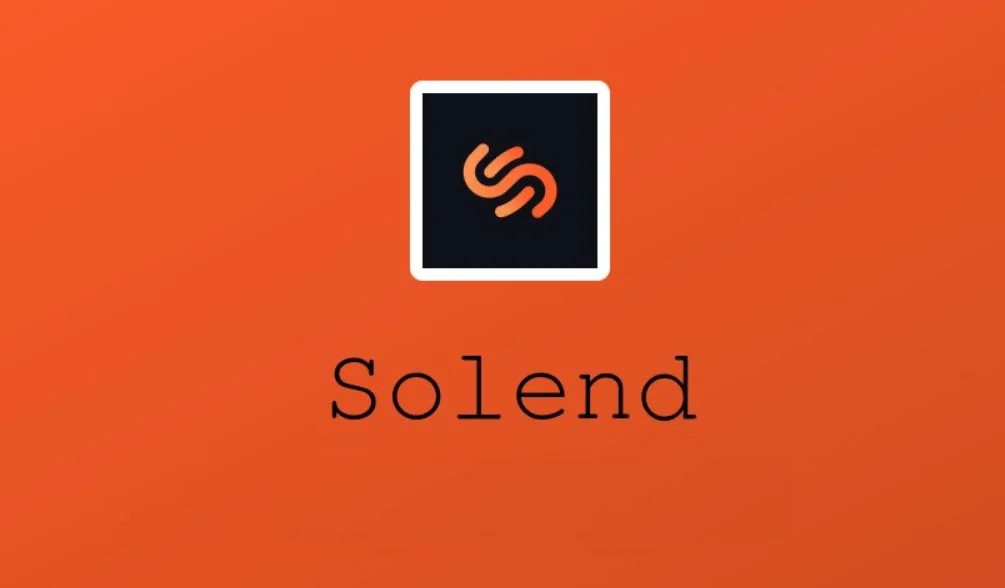
The network also has its own cryptocurrency, called SLND, to give investors and early adopters rewards. Additionally, it lays the groundwork for the protocol to be run as a DAO (Decentralized Autonomous Organization), with token holders serving as the majority of its managers.
The APY that the borrowers will pay is earned by the users who provide the protocol with liquidity. The entire pool receives a portion of the borrowed APY. Borrow APY = Utilization * Supply. Each supplier will receive 10% APY if there are 2 Bitcoins in the pool and 1 BTC is lent at a 20% APY.
On Solend, users can earn some of the highest DeFi rates, but it depends on the liquidity that is made available. For its native token, SLND (18%), as well as for other tokens and stablecoins like UST (12.7%), USDT-USDC (7.5%), and RAY (14%), Solend offers some of the greatest APYs.
Conclusion
Consumers and investors stand to gain a lot from DeFi Loans protocols, including the removal of middlemen, centralized control, and increased accessibility to the financial markets.
A fantastic approach to profit steadily from crypto assets without incurring unreasonable risks is through DeFi loan protocols.
To protect oneself and get the most out of an investment, each person must, however, perform their own due diligence. It is important that you consider the APYs, transaction costs, security, and supported assets of a DeFi loan platform before choosing the right one to use
